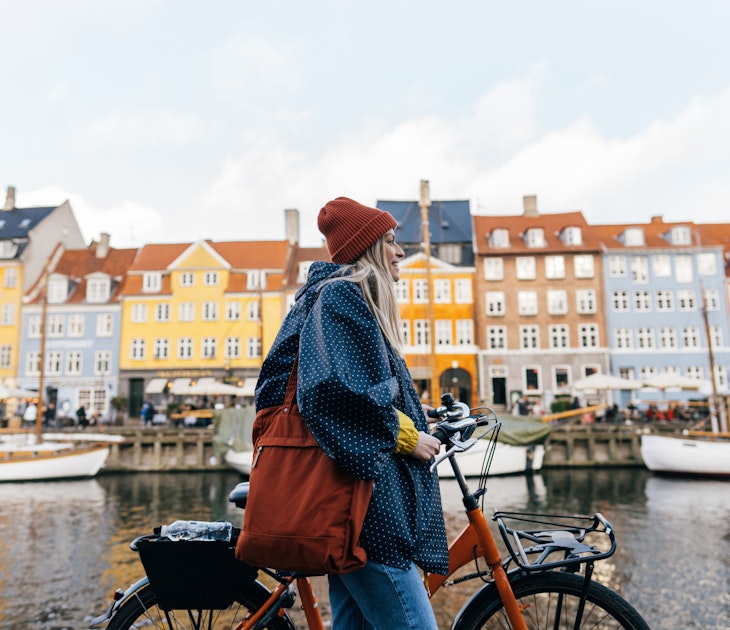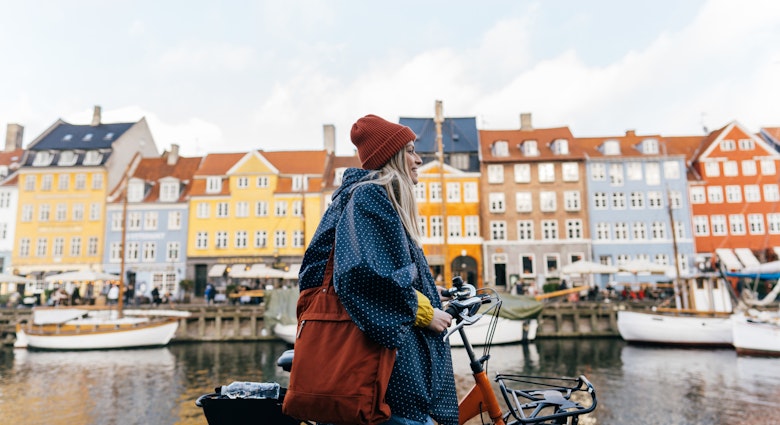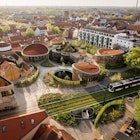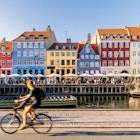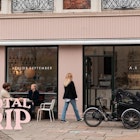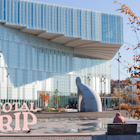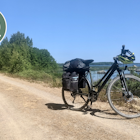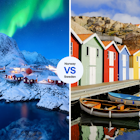I was born and bred in Copenhagen, and have lived here for most of my life (apart from some years spent in Berlin and New York City). This is my home and I could navigate the city with my eyes closed.
Living abroad allowed me to reflect on Danish culture and what makes Copenhagen unique. For example, the widespread bike culture, which was part of my everyday life and something I considered to be completely normal until I lived elsewhere.
Before you go to Copenhagen, here are the 13 top things that you need to know.

1. The metro is the cheapest way to get from the airport
Copenhagen’s efficient driverless metro runs directly from the airport to the city center in less than 15 minutes, making it the most obvious transportation choice when you arrive at Copenhagen Airport. A metro ticket will cost you 34kr.
2. You can see the best of Copenhagen in three days
Copenhagen is a small city with short distances between the sights. Plan efficiently and you could get to know the Danish capital in just three days. However, if you want to explore Copenhagen in a more local and authentic way, you can easily spend more time in the area, visiting other nearby cities such as Helsingør for Kronborg Castle (Elsinore Castle in Shakespeare’s Hamlet) or the world-famous modern art museum, Louisiana in Humlebæk.
3. Blend in by wearing Scandinavian designs
Scandinavia is known worldwide for its fashion. From giant names including H&M, &Other Stories and Cos, to the smaller but super-trendy brands such as Ganni, Samsøe Samsøe and Rains, there are many stores to choose from. Wear your Scandinavian fashion pieces to blend in with the locals. Also, make sure you bring weather-appropriate outfits, including a waterproof jacket.
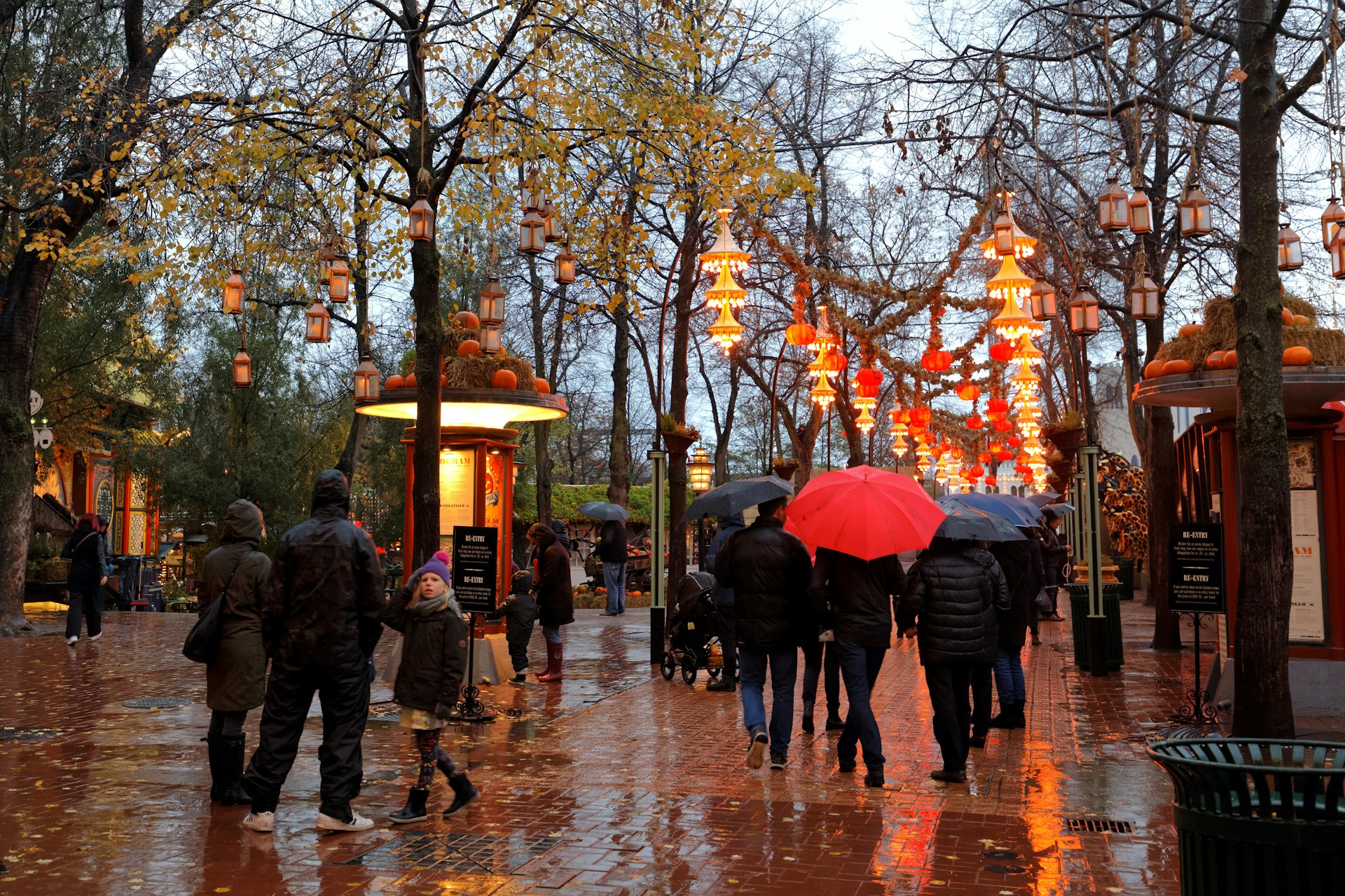
4. Copenhagen doesn’t have to be super expensive
Copenhagen isn't generally considered to be a cheap destination, but there are lots of different ways to visit the city on a budget. From touring museums and art centers to relaxing in gardens and wandering through cool neighborhoods, there are even things you can do that are completely free.
5. Danes eat everything with a knife and fork
Danes love their knife and fork and will eat everything with them, even a burger and a pizza, which can be quite amusing to foreigners. Feel free to use your hands if eating a burger with cutlery seems too awkward for you. When it comes to dining etiquette and table manners, Danes are taught from a young age to follow certain rules – like not putting your elbows on the table and the way to place the knife and fork to signal to waiting staff that they are done eating.
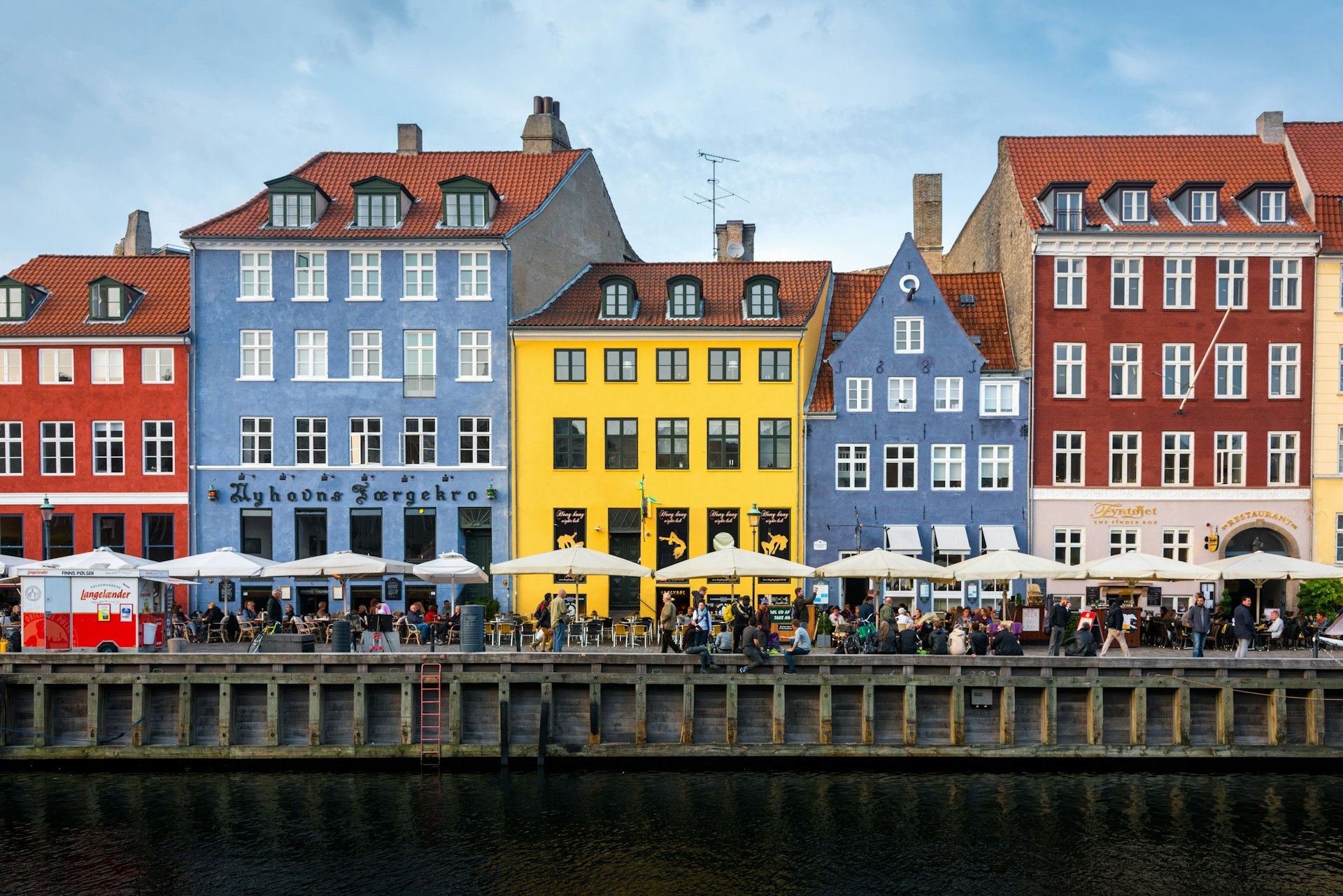
6. Only tourists hang out in Nyhavn
While Nyhavn, with its colorful, fairy-tale houses, is one of Copenhagen’s most popular attractions, locals usually don't hang out here. However, paying Nyhavn a visit, taking a picture and enjoying the scenery is still a must. If you want to dedicate a little more time here, skip the touristy restaurants and have a coffee or beer while sitting on the side of the canals where the ships dock. You can also enjoy a break in the courtyard of Apollo.
7. Always take a sip after toasting
Danes love to toast during dinners and do it a bunch of times throughout a meal in good company, particularly when drinking alcohol. When toasting, say Skål! (“cheers” in Danish), and make sure you take a sip of your drink before putting your glass back down.
8. Danes are usually very relaxed…
Too relaxed, some would say. This behavior is linked to Danish humor which tends to be very “dark,” ironic and satirical, and it also means that Danes have a very casual approach towards swearing. The f-word is not considered harsh the same way as in other countries and is used in many ways in the Danish language when speaking informally between friends simply to emphasize specific points.
9. …except when it comes to timeliness
Punctuality is a cornerstone in Danish culture. Some Danes even believe that showing up on time means being a few minutes early. This is closely tied to the culture of Danish politeness of not wasting each other’s time. This means that if you’re meeting up with a Dane and you’re very late (by more than 15 minutes), they might tell you that everything is fine, but in reality they consider it rude.

10. Biking is serious business
Bikes outnumber cars in Copenhagen and you will likely be wowed by the biking culture. If you truly want to blend in, you hop on a bike to take you from A to B. However, there are some important bike rules to follow if you don’t want to anger your fellow riders. Keep in mind that cycling is, for locals, primarily a mode of transportation and not something they are doing for fun. In general, stay off the bigger bike lanes during rush hour (7:15–8:45am and 3:30–5pm). Always stay to the far right of the bike lane. Signal ahead of time by putting your left hand in the air if you break, and use your arms to indicate when you are making a turn.
11. Drink the tap water
The water in Copenhagen (and Denmark) is so clean that residents swim in the city harbor all year round, and have access to some of the best drinking water in the world – straight from the tap. To help reduce plastic waste and save some money, bring a reusable water bottle with you and fill it up at your accommodation or at one of the city's free drinking fountains.
12. Copenhagen is the safest city in the world
In 2021, the Economist's Safe Cities Index named Copenhagen as the safest city in the world due to the low crime rates and a high level of trust among people, which is an important part of Danish culture. While you can always be in the wrong spot at the wrong time, there is generally no need to worry about your safety in Copenhagen. As with anywhere else, take sensible precautions such as not flaunting your wallet or valuables in public.
13. The emergency number is 112
If anything were to happen on your trip to Copenhagen, 112 is the emergency number that will connect you to the police, fire and ambulance services.


